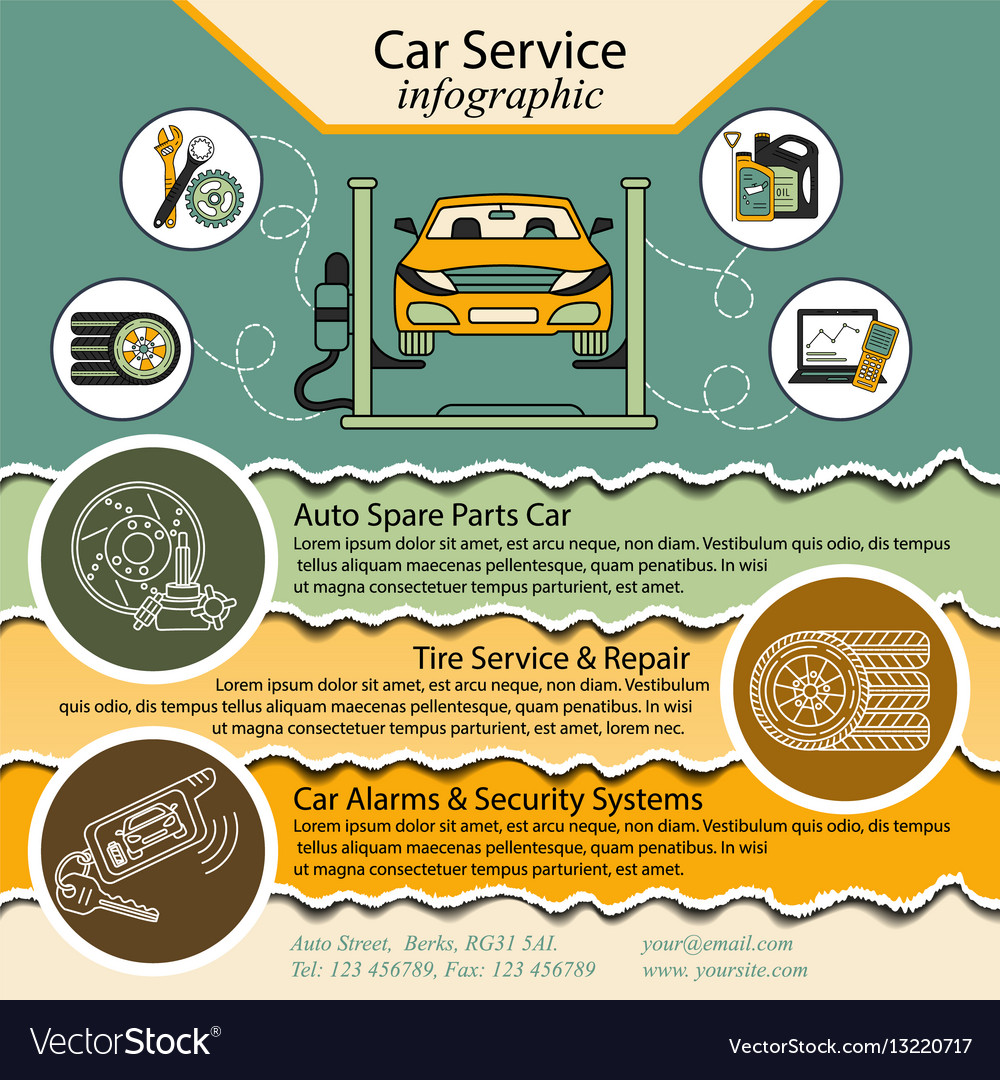Examining Your Cars And Truck'S Caution Indicators: What They Truly Share
Examining Your Cars And Truck'S Caution Indicators: What They Truly Share
Blog Article
Short Article Developed By-Lauritsen Gilbert
When you lag the wheel, those beautiful warning lights on your dashboard can be a little bit difficult. Do you understand what they're attempting to tell you regarding your cars and truck's health and wellness? Understanding https://chanceiarja.activoblog.com/30741374/eager-to-study-auto-describing-supplies-discover-which-tools-are-vital-and-collect-professional-insights-to-increase-your-outlining-effectiveness-as-a-newcomer of these lights is crucial for your safety and the long life of your car. So, the next time one of those lights appears, wouldn't you want to decipher its message precisely and take the required steps to address it?
Common Warning Lighting and Interpretations
Identify typical caution lights in your car and understand their meanings to guarantee risk-free driving.
One of the most regular warning lights include the check engine light, which signals problems with the engine or emissions system. If this light begins, it's critical to have your vehicle inspected quickly.
The oil pressure warning light indicates low oil stress, requiring immediate interest to prevent engine damage.
A blinking battery light could suggest a malfunctioning billing system, possibly leaving you stranded if not addressed.
The tire stress monitoring system (TPMS) light informs you to reduced tire pressure, influencing automobile stability and fuel efficiency. Disregarding this might cause harmful driving problems.
https://paxtongbztn.dm-blog.com/30035171/how-to-detail-a-car-in-under-an-hour-a-newbie-s-quick-guide indicates a trouble with the anti-lock stopping system, compromising your ability to stop promptly in emergencies.
Lastly, the coolant temperature level cautioning light warns of engine getting too hot, which can lead to extreme damages otherwise solved swiftly.
Recognizing these common warning lights will certainly assist you deal with issues quickly and keep safe driving problems.
Significance of Prompt Attention
Comprehending the typical caution lights in your vehicle is just the primary step; the relevance of without delay dealing with these warnings can not be highlighted enough to guarantee your safety and security on the road.
When a warning light illuminates on your control panel, it's your car's way of interacting a prospective issue that needs interest. Ignoring these warnings can lead to a lot more serious issues down the road, compromising your security and potentially costing you more out of commission.
Trigger attention to advising lights can avoid malfunctions and accidents. As an example, a blinking check engine light can show a misfire that, if left neglected, might cause damage to the catalytic converter. Addressing this without delay can save you from a costly repair.
In a similar way, a brake system warning light may indicate reduced brake liquid or worn brake pads, critical components for your safety when driving.
DIY Troubleshooting Tips
If you observe a warning light on your dashboard, there are a couple of do it yourself troubleshooting tips you can attempt before seeking professional assistance.
The first step is to consult your vehicle's handbook to comprehend what the specific caution light suggests. Occasionally the issue can be as easy as a loose gas cap setting off the check engine light. Tightening the gas cap might solve the trouble.
Another usual concern is a reduced battery, which can trigger different alerting lights. Examining the battery connections for corrosion and guaranteeing they're secure could repair the trouble.
If a warning light continues, you can attempt resetting it by separating the cars and truck's battery for a couple of mins and then reconnecting it. In addition, examining your automobile's fluid levels, such as oil, coolant, and brake liquid, can help fix cautioning lights associated with these systems.
Conclusion
In conclusion, comprehending your cars and truck's warning lights is essential for keeping your vehicle running smoothly and securely. By promptly resolving these notifies and knowing what they mean, you can avoid expensive repair work and prospective break downs.
Keep in mind to consult your cars and truck's handbook for particular information on each advising light and take action accordingly to make sure a hassle-free driving experience.
Remain notified, remain secure when driving!
